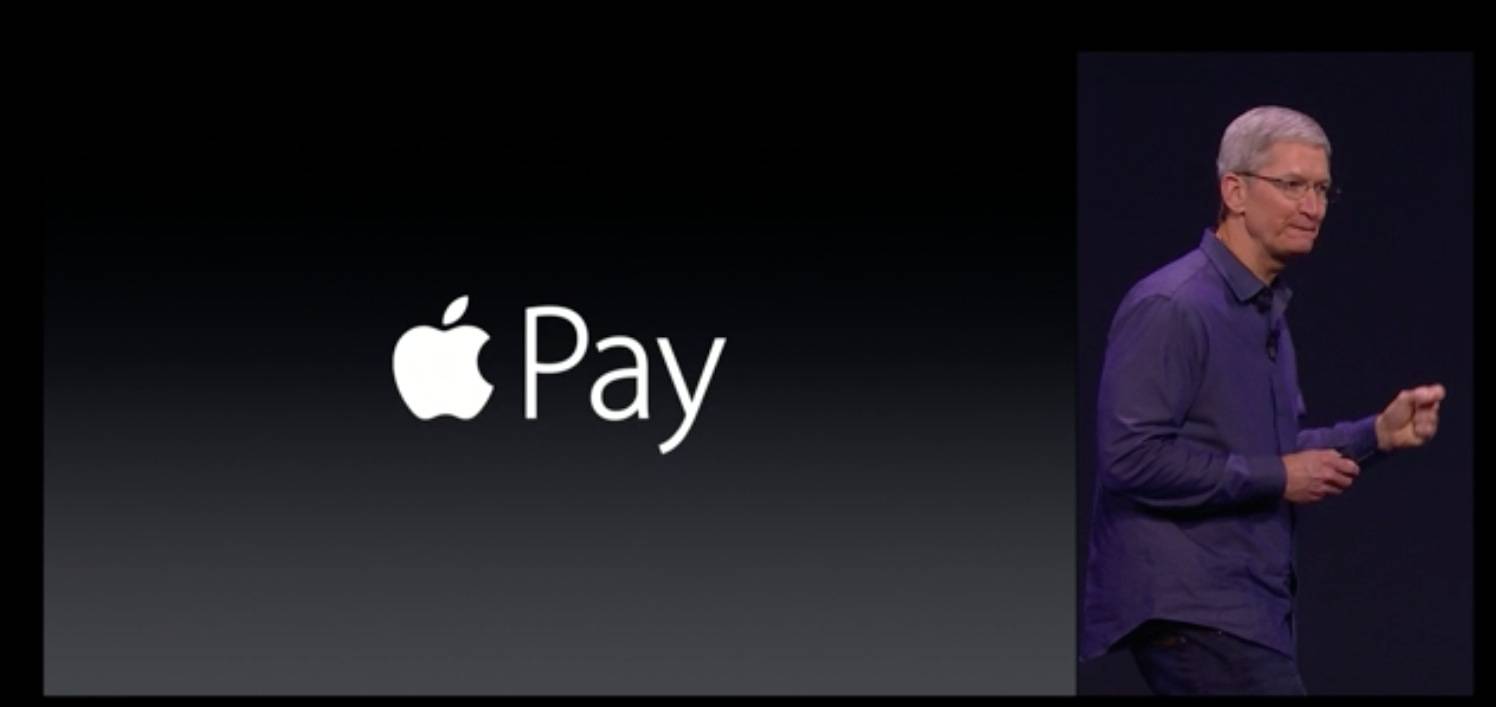
Apple and PayPal have been partners in payments for almost a decade, dating back to a 2004 deal in which Apple started accepting PayPal in the iTunes Music Store.
But Apple left PayPal, which reportedly lobbied to be included in its payment plans, out in the cold in the launch of Apple Pay.
Apple is recommending that developers integrating Apple Pay into their apps or websites use SDKs, or software-development kits, from one of six payment processors. PayPal and its Braintree Payments subsidiary isn’t one of them—but Braintree archrival Stripe is.
It all but warns off developers from using other services:
Using one of these SDKs is highly recommended. Contact your payment provider for more information.The alternative is to provide your own server-side solution to receive payments from your app, decrypt payment tokens and interface with the payment provider.Handling credit and debit card payments can be complicated and unless you already have the expertise and systems in place, an SDK from a payment provider is the quickest and most reliable way to support Apple Pay in your app.
Stripe, naturally, is gloating about its inclusion, to the point of stretching the truth. An email from its PR agency falsely describes Apple Pay as being “built on Stripe.” That’s not true, of course, and one imagines prideful Apple executives might take offense at the claim. In any event, Stripe was clearly briefed on Apple Pay early and allowed to build interfaces and write documentation available on the day of launch.
PayPal: It’s No Big Deal
PayPal, which has launched its own system for one-touch payments, didn’t get similar treatment.
In an interview with ReadWrite, Bill Ready, CEO of Braintree Payments, did his best to spin PayPal’s omission. He noted that Braintree’s V.zero software, which developers include in apps and websites to accept credit and debit cards, can easily add new forms of payment—as it plans to do with Bitcoin, for example.
“We can handle these transactions,” Ready told me. “Apple is very clear that you can use your existing payments provider.”
In fact, Braintree will accept Apple Pay payments from Braintree customers that build it into their apps. Uber, for example, is adopting Apple Pay to allow customers to pay for rides with a credit or debit card stores in their iTunes account.
Here’s how it works: A token—in layman’s terms, a disguised, one-time-use account number—will get passed from Apple to Uber and then to Braintree, where it gets processed like any other card transaction. Braintree has done considerable technical work to handle these tokens.
The Inevitable Downside
The downside for PayPal is that it’s not getting Apple’s official imprimatur, and it hasn’t been allowed to prepare software that simplifies the inclusion of Apple Pay as a payment method in advance. Developers who want to use Apple Pay with Braintree have to figure the integration out on their own—and Apple is basically cautioning them against doing so.
One other mystery: Apple customers can currently store PayPal as their payment method in their iTunes account to pay for music, videos, and apps. It’s not clear if Apple will let those customers use PayPal at retail stores that accept Apple Pay, or if it will make them use a credit or debit card.
It’s not surprising that Apple and PayPal, once partners, are jockeying for position in retail payments. Apple is focused on the phone, while PayPal wants your payments to be handled in the cloud.
Still, it’s confounding that these two companies, which both claim they want to simplify payments for consumers and developers, can’t figure out a way to work together.
Screenshot by Stephanie Chan for ReadWrite










